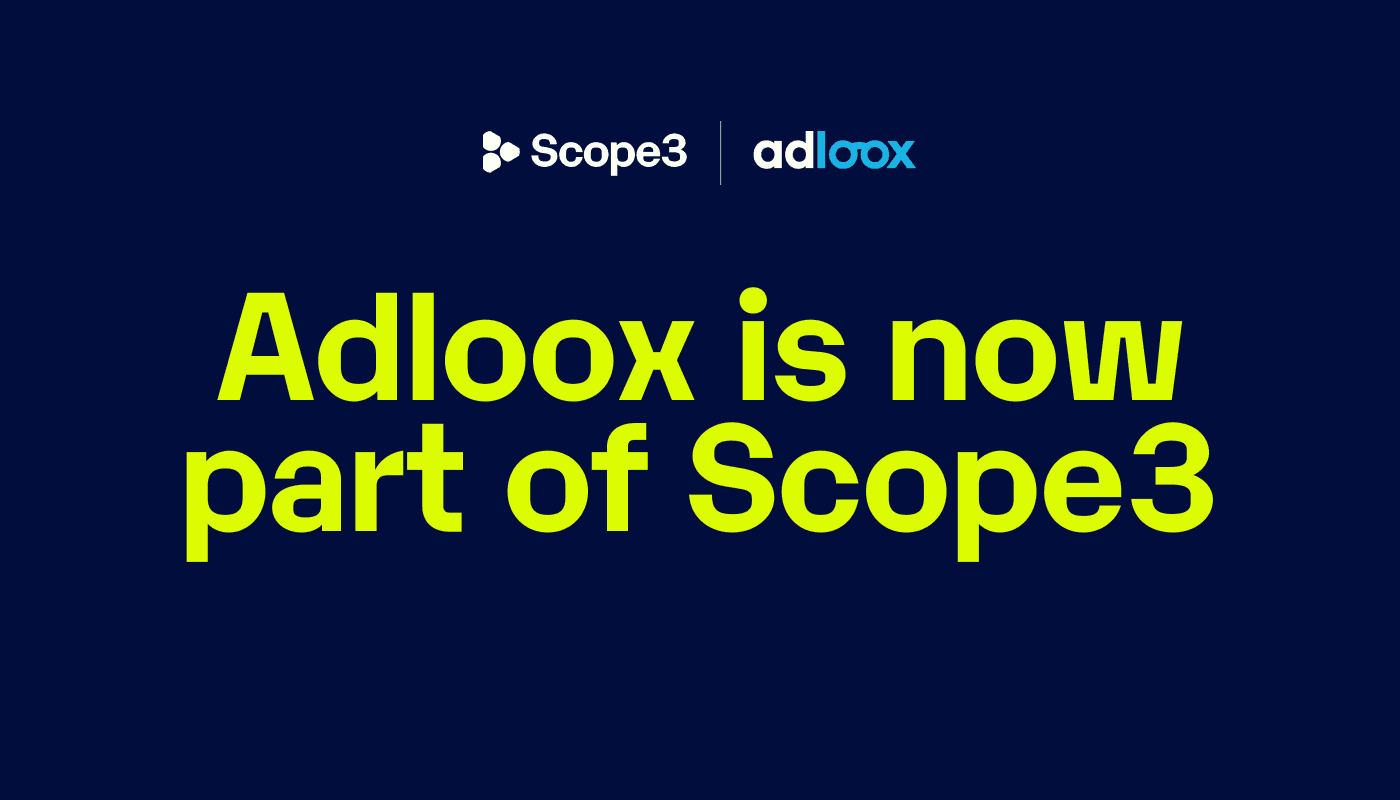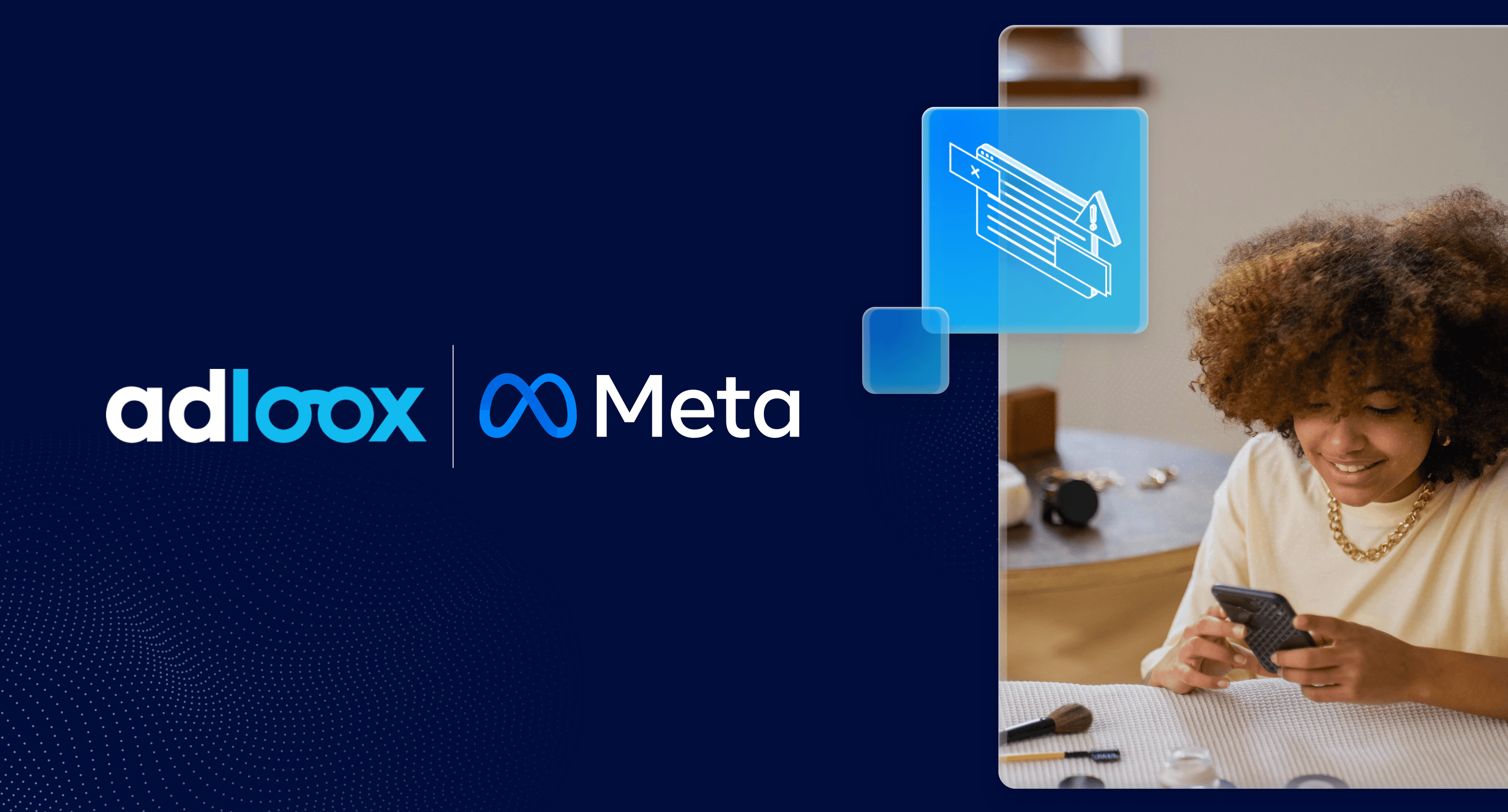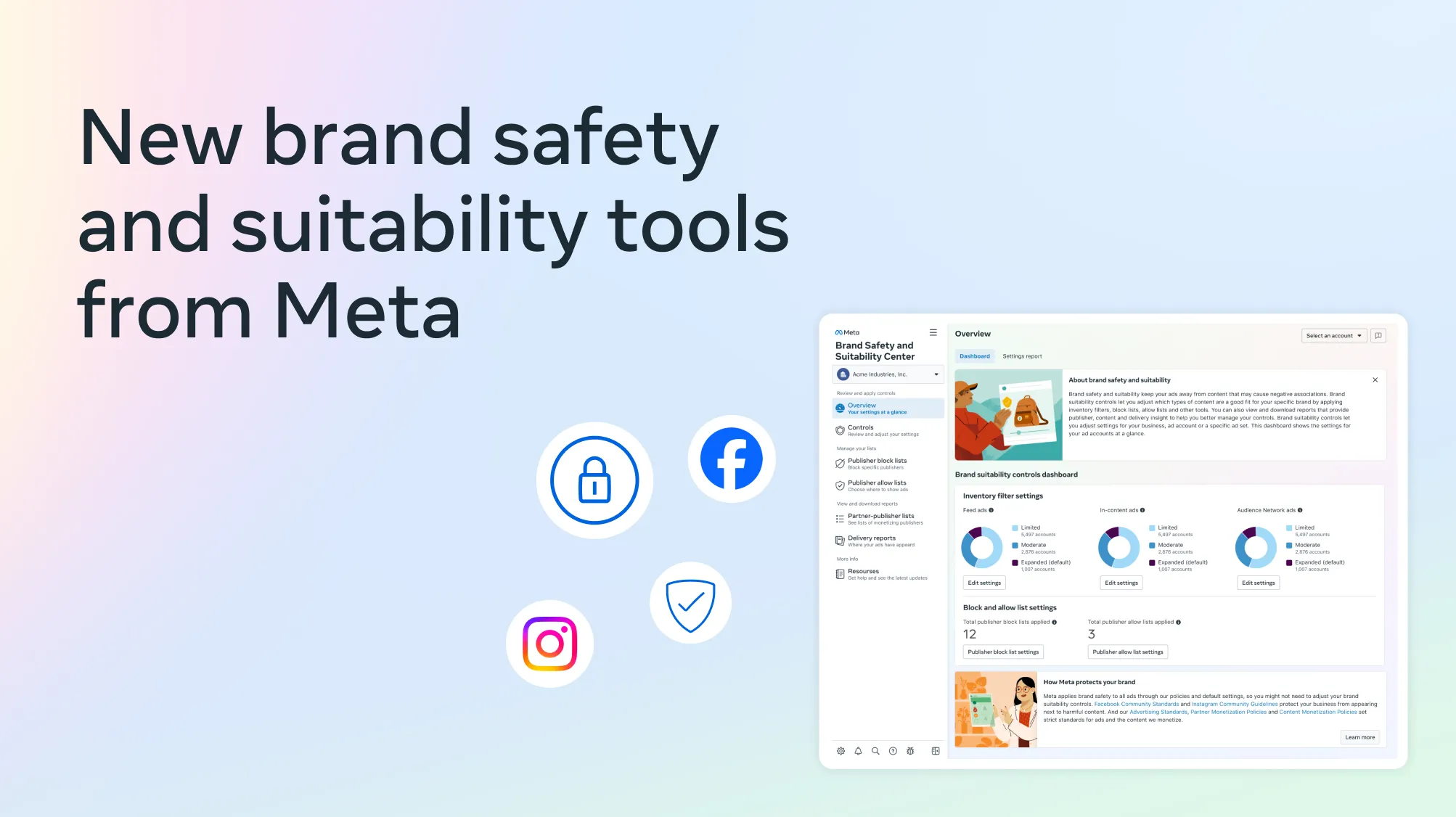Customers
Jul 26, 2023
Sébastien is a Programmatic advertising expert based in Montreal, Canada. After a long and rich experience at various key agencies, he recently launched a new adtech company, NÜ Programmatique, 100% dedicated to externalized programmatic ad ops. Since 2022, he has relied on Adloox for ad-verification, fraud prevention and brand safety management.
1. Can you start by introducing yourself and telling us about your professional background?
The experience that really got me started in the programmatic industry was at Tradeblab, which has since merged with Jellyfish, in Paris. There, I built myself a unique, ultra-useful programmatic approach. Upon my arrival in Canada, I sought a new challenge and joined Rablab to launch a new business unit dedicated to programmatic advertising.
After this enriching first experience in Canada, having been convinced of the extremely rich potential to tap into, and pushed by my collaborators and former partners, I decided to set up my own programmatic advertising agency, aware of the fact that Canadian agencies and advertisers needed such services without all of them being able to devote a specific department to it.
2. Can you present NÜ Programmatique: the project, your vision of the business and the added value you bring?
NÜ must be seen as an extension of the existing advertising business. We are partners in the success of their programmatic advertising campaigns. The goal is that our team adapts to meet agencies needs and those of their customers, thanks to our use of advanced technologies, intended for targeted results. From notoriety to conversion, we adapt our parameters to reach your target in the right place and at the right time. Our strategy involves a balanced mix of direct deals and open auctions. In some markets, the availability of quality digital media is abundant, but it's not the same in Canada, where inventories are limited and less refined, affecting the CPMs. However, by striking the right balance and employing accurate targeting, we achieve excellent results in terms of broadcast quality.
We are a regular 'programmatic partner', but in spirit, the idea is to offer a very strong flexibility, with an "after-work” mentality, something culturally appreciated in Canada. We wish to offer an expertise based on a strong experience in business, but also a relationship of trust, almost fraternal.
On the technological front, apart from offering consulting services, we also assist in integrating or developing tools that may require significant setup time and human resources. In essence, our aim is to provide expert guidance that addresses the current and recurring challenges faced by our clients. Ultimately, our goal is to become a comprehensive programmatic stack that is readily deployable, offering our clients the finest tools available in the market.
3. In your opinion, what do you consider to be the most significant weakness in the industry, and are there any particular characteristics or specificities associated with the Canadian market?
In the programmatic industry, a common bias is the focus on bringing in cheap traffic without adequately considering its quality. When analyzing the open auction, we often find a significant proportion of non-human traffic, averaging around 70%, while the average cost per view (CPV) is $1.5. When factoring in fraud percentages, the real cost becomes much higher. We need to ensure that every dollar spent is utilized effectively.
Educating customers and providing expertise is a substantial part of our work. Many assume programmatic advertising is similar to Search and Social advertising, but it's not. Building successful campaigns and fostering customer loyalty requires making clients aware of the nuances of programmatic, explaining the right KPIs, emphasizing cross-leverage, and demonstrating that targeting consumers differs at various funnel stages. This support and guidance are essential and demand continuous attention.
Regarding the Canadian market, three key points need understanding:
Despite their high expertise in digital marketing, programmatic advertising is a weak point. It has been undermined unintentionally over time.
There is a scarcity of qualified professionals for programmatic engineering. Although there are abundant opportunities in technology and high-end marketing roles, there's a shortage of skilled individuals to fill these positions.
As we have said before, Canada lacks major publishers with significant web media assets and substantial traffic under one roof.
4. What are the key commercial and technological issues that form the core of your strategy and that your customers expect you to address?
Right now, NÜ is 100% focused on the Canadian market, which implies working on specific issues related to this market, and on which we could draw potential. For example, The Government of Canada has enacted a new law called Bill C-18 (the Online News Act), requiring Google and Meta to pay for showing links to news, which has stirred a lot of controversy. This situation presents several challenges for advertisers and local publishers, with the latter being a crucial component of the digital media landscape in Canada, as well as in other places. To tackle this problem, at NÜ, we provide an "ethical" purchasing approach that considers the portion of purchases made on local media. We achieve this by using local DSPs like Pelmorex or Illumin (AcuityAds). This strategy proves to be profitable in convincing local advertisers and is easily adaptable to other markets as well.
Progress is being made on CO2 measurement in purchases, enabling agencies and advertisers to develop an eco-conscious media buying strategy while providing consulting services. Additionally, we are actively developing a textual data scraping tool that empowers advertisers to effortlessly query their own data stack. This tool will help them understand which creatives perform best, the reasons behind their success, and the most effective data segments. In the future, we aim to take this product even further by offering physical visualizations of the market to each advertiser.
5. You use Adloox for ad-verification on a daily basis, can you tell us about your experience with the suite?
Programmatic advertising requires continuous effort; it's not a one-time "shoot and track" process. Unlike Google Ads and the walled garden approach, programmatic advertising in open auctions involves ongoing work to optimize and adapt strategies, safeguard campaigns, create blocklists, verify ad placements, and more. Adloox plays a significant role in assisting us with these tasks.
The platform allows us to measure visits on a really deep scale. When we analyze the traffic with basic analytical tools, we can see very high bounce rates, or very short visit times, but without any details. We need to measure and show our customers that we value quality over quantity, that yes, we are making fewer impressions than an “all angles” campaign, but we are driving traffic that drives conversion. Adloox helps us a lot to monitor and report to our customers.
There is substantial educational work that needs to be undertaken with certain advertisers. We are interested in understanding the quality of the traffic they bring and finding ways to enhance it. Fortunately, we have a genuine opportunity to deliver added value, and Adloox's on-site tracking features play a crucial role in achieving that. Additionally, we greatly appreciate the close support from their Technical Account Managers. The time they invest in sending us analyses and recommendations is time we can save. Adloox offers us access to precise metrics, a high level of detail, and a personal touch that is not commonly provided by others platforms.




